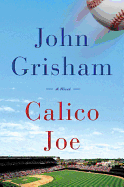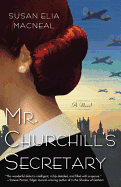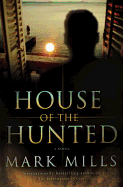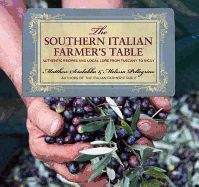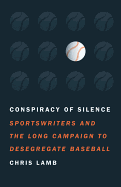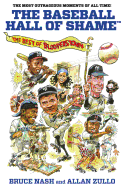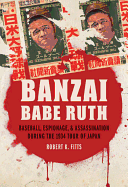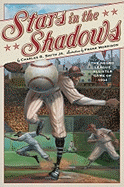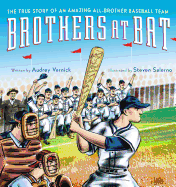Extra Innings
The problem with writing about baseball books: there are so many. I narrowed my past favorites down to two (from dozens) only by using a narrow parameter: Japan--You Gotta Have Wa by Robert Whitney, and Baseball Haiku, collected by Cor van den Heuvel and Nanae Tamura. Baseball and haiku fit together like a perfect catch on a flawless summer's day:
drooping flag…
the visitors' manager
moves a fielder
Every season brings new literary largesse to the fan. The University of Nebraska Press is doing its part, with more than 118 baseball books in print. We have eight reviews of baseball books in this issue alone. And what we've left out! Like Driving Mr. Yogi: Yogi Berra, Ron Guidry, and Baseball's Greatest Gift by New York Times sports columnist Harvey Araton, featured last week on NPR. Every spring, Yankees pitching great Ron Guidry arrives at the Tampa airport to pick up Hall of Fame catcher Yogi Berra and they head out to spring training, and the renewal of a friendship that began in 1999.
Trading Manny by Jim Gullo tells of the author's young son's disappointment over players' steroid use, and the journey he and his son take to find out answers, and learn to love baseball again.
The Rotation by Jim Salisbury and Todd Zolecki details the 2011 Phillies and their remarkable pitching staff. Pitching also stars in Summer of '68 by Tim Wendel. He weaves the history of a year of assassinations and chaos with "The Year of the Pitcher" into a mesmerizing story.
Biographies: The zany and influential Bill Veeck: Baseball's Greatest Maverick by Paul Dickson; Imperfect: An Improbable Life by Jim Abbott and Tim Brown--born without a right hand, Abbott pitched a no-hitter for the Yankees in 1993. A People's History of Baseball by Mitchell Nathanson challenges the deeply embedded story of baseball as reflecting the best of our national character with a nuanced alternative history. For the hardcore fan, Extra Innings: More Baseball Between the Numbers from the Team at Baseball Prospectus, edited by Steve Goldman--statistics, interviews and analysis from scouting to Latin-American talent to PITCHf/x camera installations.
Spring is here! --Marilyn Dahl



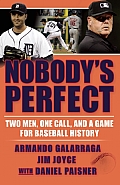 The theme of "life isn't always fair" is the idea captured in
The theme of "life isn't always fair" is the idea captured in 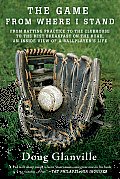 "You win some, you lose some" resounds in
"You win some, you lose some" resounds in 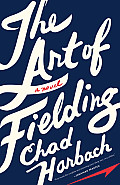 "Practice makes perfect, but be careful what you wish for" is the embodiment of
"Practice makes perfect, but be careful what you wish for" is the embodiment of 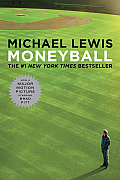
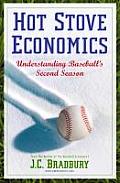 "Money talks--but not always" is the overriding theme in
"Money talks--but not always" is the overriding theme in 
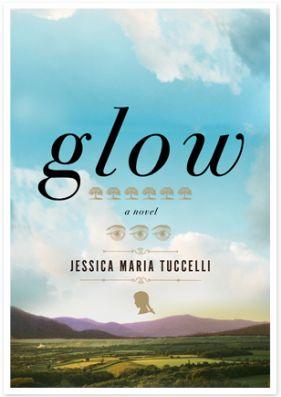 Book you're an evangelist for:
Book you're an evangelist for: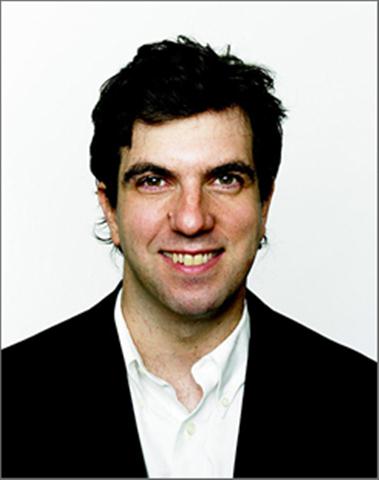 I predict that this essay will take a bit less than a mile and a bit more than 90 calories to write.
I predict that this essay will take a bit less than a mile and a bit more than 90 calories to write.
